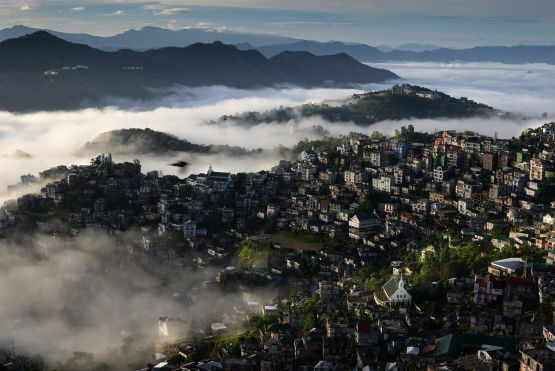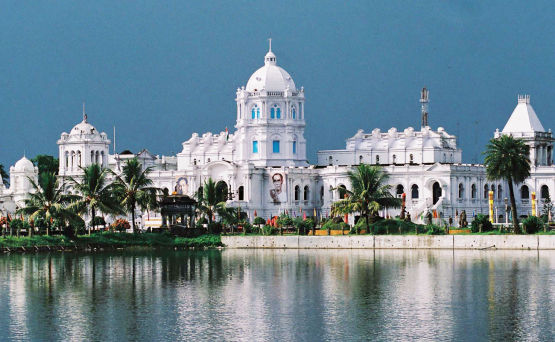
Kaziranga National Park (Assam):
Kaziranga is a UNESCO World Heritage site and is famous for its population of one-horned rhinoceroses. The park also hosts tigers, elephants, wild water buffalo, and a variety of bird species, making it a key destination for wildlife enthusiasts and photographers. The annual floods in the Brahmaputra plains add a unique dynamic to the park's ecosystem.
Manas National Park (Assam):
Manas, a UNESCO World Heritage site and a Tiger Reserve, is known for its rare and endangered species, including the Assam roofed turtle, hispid hare, pygmy hog, and golden langur. The park's rich biodiversity and scenic landscapes, coupled with its conservation efforts, make it an important wildlife destination.
.jpg)

Namdapha National Park (Arunachal Pradesh):
Namdapha is the largest protected area in the Eastern Himalaya biodiversity hotspot and is known for its unique combination of four big cat species: tiger, leopard, snow leopard, and clouded leopard. The park's diverse habitats support a wide range of flora and fauna, including several species of primates, birds, and butterflies.
Nameri National Park (Assam):
Nameri is known for its birdlife, including the endangered white-winged wood duck and great hornbill. This destinations are ideal for birdwatching and nature photography.


Eaglenest Wildlife Sanctuary (Arunachal Pradesh):
Eaglenest is famous for its rich bird diversity, especially the Bugun liocichla, discovered here in 2006. These destinations are ideal for birdwatching and nature photography.
Keibul Lamjao National Park (Manipur):
Located on the Loktak Lake, Keibul Lamjao is the world's only floating national park and is home to the endangered Sang













